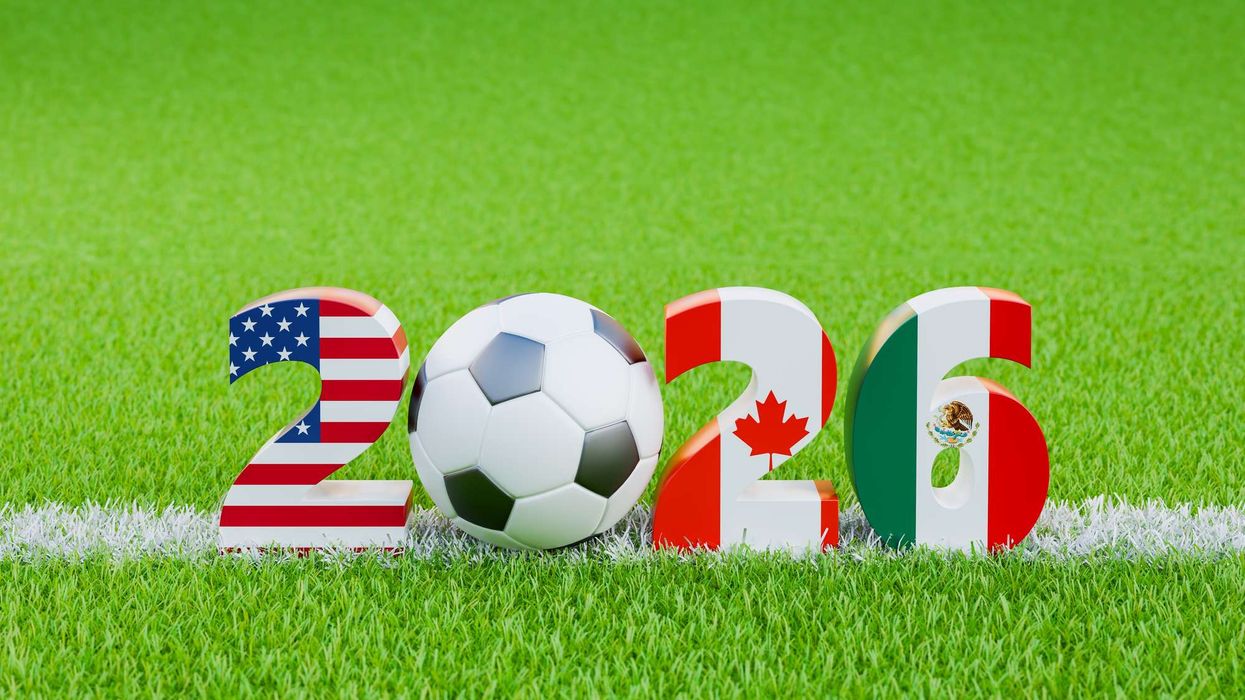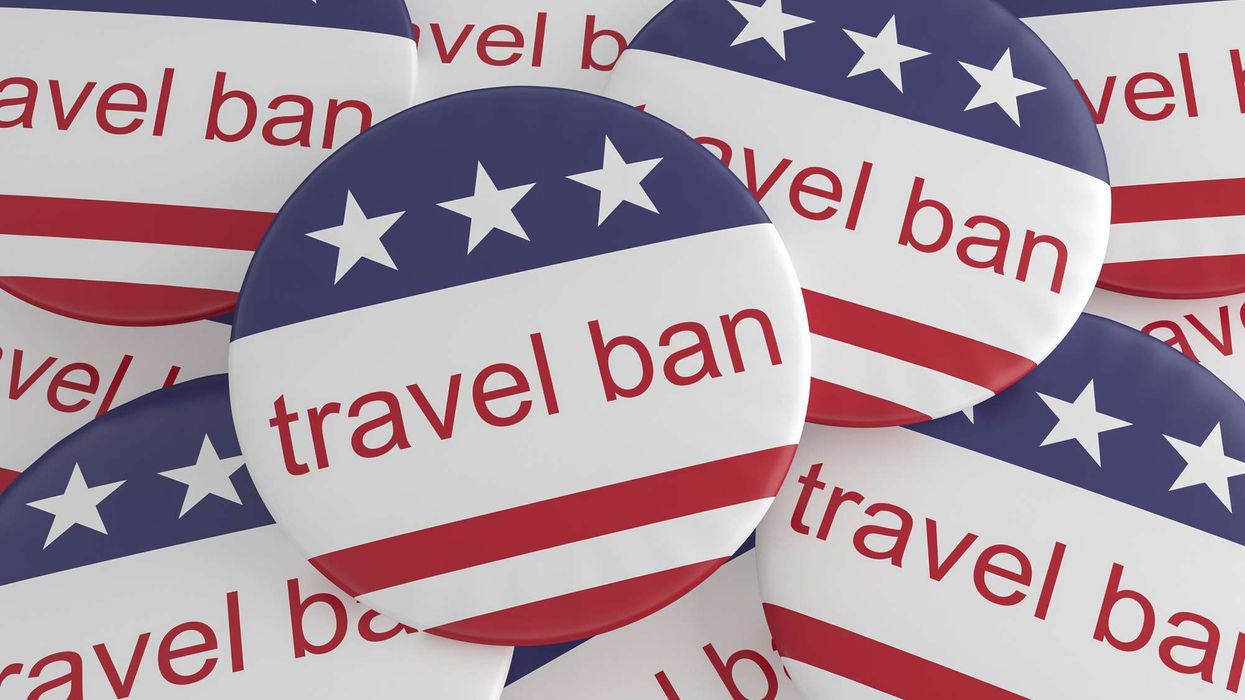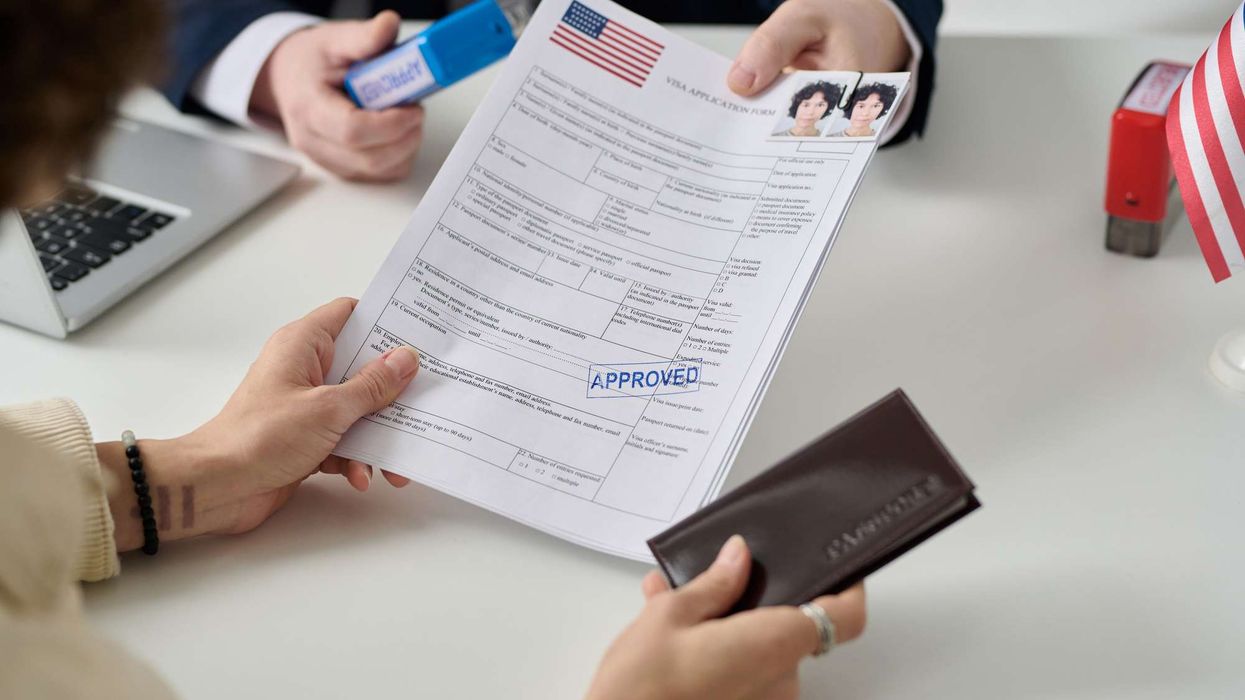Summary:
- U.S. World Cup hotel rates rise, occupancy remains in single digits, OysterLink reported.
- Visa restrictions may curb the U.S. share of World Cup revenue.
- Analysts recommend a data-driven approach as booking momentum builds.
HOTEL RATES IN U.S. host cities are up 55 percent year-over-year, but occupancy for FIFA World Cup dates remains in single digits, according to OysterLink data. Despite higher rates in major cities, slower inbound travel and new visa restrictions may limit the U.S. share of the tournament’s economic gains.
OysterLink’s analysis shows inbound travel to the U.S. is slowing despite global interest in the World Cup, with international arrivals projected to drop 6.3 percent in 2025. Visa barriers and higher travel costs may push fans toward Canada and Mexico, where early hotel demand is stronger.
U.S. hospitality’s performance will depend on flexible pricing and policies, as booking momentum is expected to rise after ticket draws and schedule releases, the report said.
“The World Cup will create enormous opportunities but only for markets that stay flexible,” said Milos Eric, OysterLink's cofounder and general manager. “Rates are already high, but fans might be holding off until travel becomes easier and match details are final.”
Travel softens, rates soar
The U.S. will host 78 of 104 matches across 11 cities, but inbound travel is projected to decline, the report said. The U.S. Travel Association reported that international arrivals will fall from 72.4 million in 2024 to 67.9 million in 2025—a 6.3 percent drop. Spending by international visitors is also expected to fall to about $173 billion.
The timing is difficult. A $250 “visa integrity fee” took effect on Oct. 1, months before kickoff. The fee, applied to travelers from non–Visa Waiver countries, could further discourage attendance. Although citizens of 42 nations can still enter through the ESTA program, long U.S. visa wait times continue to limit recovery in key markets such as Brazil, India and China.
U.S. host-city hotels have raised rates. New York City averages $583 per night, followed by Houston at $146, a 55 percent year-over-year increase in ADR across U.S. host markets, according to Lighthouse.
But demand tells a different story. Many cities report single-digit occupancy for tournament dates, suggesting international travelers are waiting for ticket and schedule confirmation before booking. Canadian host cities have seen 92 percent ADR growth, while Mexico’s have risen 114 percent, indicating stronger early demand outside the U.S.
From January through September, U.S. host cities posted 14 percent year-over-year hotel revenue growth, but excluding World Cup weeks, that falls to 6 percent, slightly above the 3 percent national average.
Analysts expect a surge after the Oct. 27 to 31 ticket draw and Dec. 5 match-schedule release, when fans learn where their teams will play. Until then, hotels keep rates high and may hold inventory or impose minimum-stay rules, as 95 percent of Vancouver hotels do.
Travel barriers shift demand
With over 6 million of 7.1 million tickets unsold, the next six months will determine whether international visitors choose U.S. cities or more accessible Canadian and Mexican destinations.
Economic factors, including a strong U.S. dollar, high airfare and visa requirements, may reduce long-haul travel to the U.S., pushing fans to nearby host countries with simpler entry rules.
If the trend continues, U.S. hotels risk losing billions in revenue unless domestic and regional travelers fill the gap.
Path forward
Analysts recommend a data-driven approach as booking momentum builds. Suggestions include:
- Dynamic pricing to balance short-term revenue with long-term occupancy.
- Flexible stay policies to attract international and domestic fans.
- Targeted marketing to travelers from Canada, Mexico and the U.K., the U.S.’s strongest inbound markets.
While the U.S. may start slowly, the World Cup—projected to draw 5 million visitors across North America—offers significant upside. Once tickets and match logistics are confirmed, the U.S. could see one of its largest hotel demand surges since 2019.
The 2026 FIFA World Cup will test whether the U.S. hospitality sector can turn global interest into bookings amid tightening travel conditions. With rates up over 50 percent but occupancy low, the difference between a boom and a bust may depend on timing and how quickly the industry adapts as fans confirm their stays.
The VISIT USA Act was recently introduced to restore Brand USA funding for fiscal years 2026 and 2027 as the U.S. prepares to host major events, including its 250th anniversary, the 2026 FIFA World Cup and the 2028 Olympics. USTA said the move would help the country compete globally.













